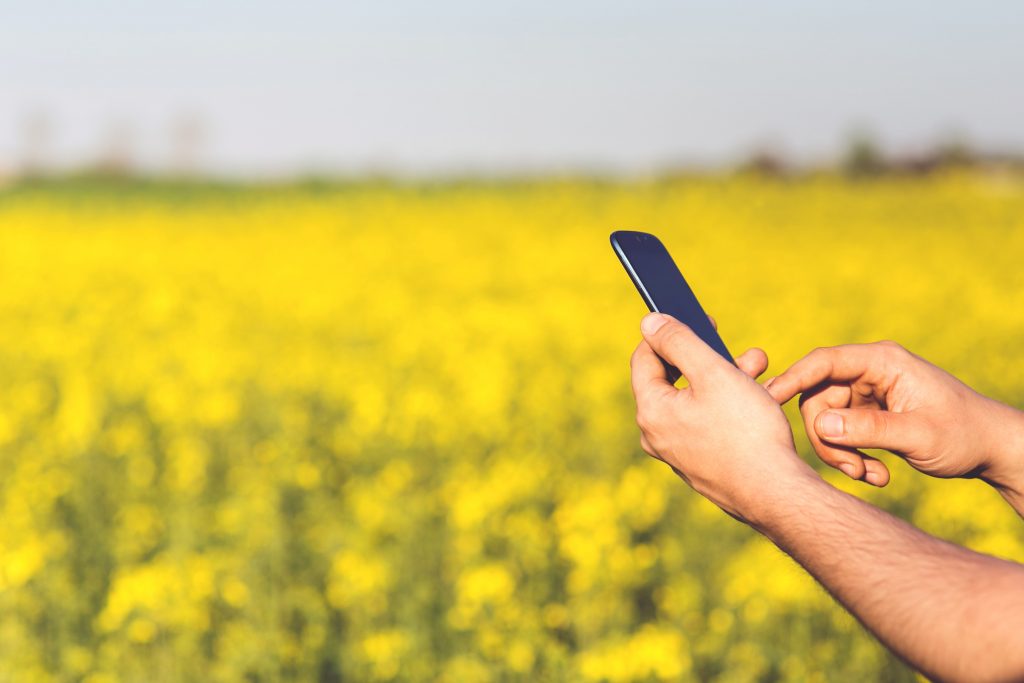
Digital technologies can serve different functions in improving efficiency, equity, and environmental sustainability (EEE)
Learn more about different technologies and their functions
To better examine the impact of digital technologies across agricultural value chains, we have grouped digital agriculture end-users into four hubs. Each hub has unique resources and faces unique challenges for which digital agriculture could offer solutions. The hubs are not mutually exclusive; any given individual may function within multiple end-user hubs.
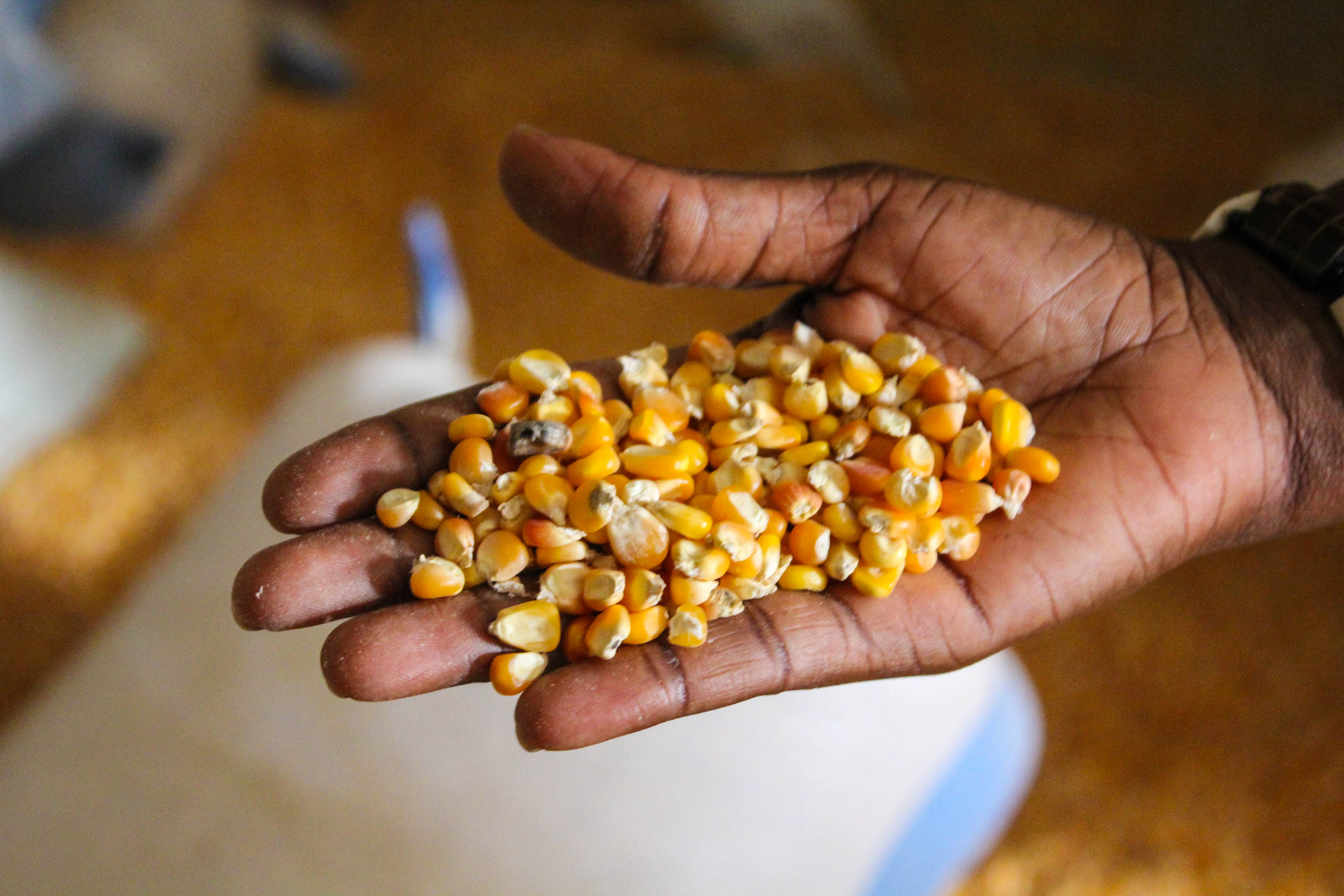
Input Hub
The Input hub includes all actors providing agricultural inputs, such as seeds, feeds, agrochemicals, machinery, and finance. Primary challenges faced by this hub include minimal decision support tools, poor market access and linkage, and insufficient product monitoring and traceability. Digital technologies’ functions in the Input hub include:
Digital technologies correct information asymmetries on the appropriate inputs, address diseconomies of scale and lack of buying power, as well as streamline fragmented agro-dealer networks that are characterized by high input prices and limited availability for farmers. With digital platforms that facilitate market information sharing and that efficiently connect input providers with farmers, farmers can have greater access to quality inputs such as seeds and fertilizer.
Use Case: myAgro is a service in Senegal and Mali that helps smallholders purchase quality agricultural inputs on an incremental payments basis via a mobile phone platform and a network of local village vendors. By topping up their myAgro accounts, farmers easily save and then digitally pay for inputs over time.
Digital tools can increase smallholders’ access to farm machinery and mechanization services overcoming issues of availability, affordability, and logistics constraints farmers face. Farm mechanization can increase yields, generate better employment and sources of income on the farm, at the same time increasing efficiency and mitigating climate-related risks. Enabled by GPS technologies and digital payment systems, digital platforms can match farmers with machinery hiring services, allowing smallholder farmers to enjoy the benefits of mechanization without the need to pay a high overhead cost.
Use Case: Tun Yat is a mobile platform in Myanmar that connects farmers who want to rent agricultural machines with equipment suppliers (big or small). Tun Yat offers a standardized service across a fragmented market; offering an affordable and reliable tractor/harvester rental service. This helps farmers unlock the power of mechanization and increase their incomes.
Precision agriculture technologies disseminate recommendations that are specifically tailored to certain farmers and fields. The information usually factors in agronomic features of the farm, crop varieties, and demographic profile of smallholders, allowing farmers to get customized advice on input usage specific to their farm. For most effective precision, sensors and monitors can be deployed in the fields and
Use Case: 8028 Farmer Hotline in Ethiopia is a platform that offers free advisory services via interactive voice response (IVR) and short message services (SMS). By using IVR and SMS rather than an internet-based platform the service is able to reach a much wider audience – particularly those in rural areas. Through this hotline, farmers can ask information about input selection and utilization.
Digital technologies can increase farmers’ access to credit, finance, and insurance by reducing information asymmetry and transaction costs. Technologies such as drone imagery provide alternative methods to verify creditworthiness, digital payment systems reduce the time needed to visit a physical bank, and more accurate weather data can allow farmers to better predict risks and determine payout needs.
Use Case: The leader in mobile payments is Safaricom’s M-PESA, a short messaging service (SMS)–based money transfer system that allows individuals to deposit, send, and withdraw funds using cell phones. This is particularly relevant in rural areas where formal financial services are scarce or non-existent. M-PESA has grown rapidly to reach approximately 38 percent of Kenya’s adult population. Kenyans use M-PESA to deposit money with a registered agent or phone vendor. The agent then credits the phone account. The recipient obtains the cash from a Safaricom agent by entering a password and showing personal identification.
Digital technology on input anti-counterfeiting and quality assurance helps farmers validate the quality and authenticity of the inputs they buy and help agribusinesses to preserve the customers’ trust in their brand increasing demand. Digital technologies such as blockchain can provide greater tractabilities of input products and verification methods such as scan codes allowing farmers to better detect counterfeit inputs.
Use Case: QualiTrace is a Ghanaian mobile platform that uses track-and-trace technology to authenticate farm inputs and fight counterfeiting. QualiTrace not only authenticates but also provides analytics tools to trace products as they move from one step to another until the final consumer also independently verifies the source and quality of the product.
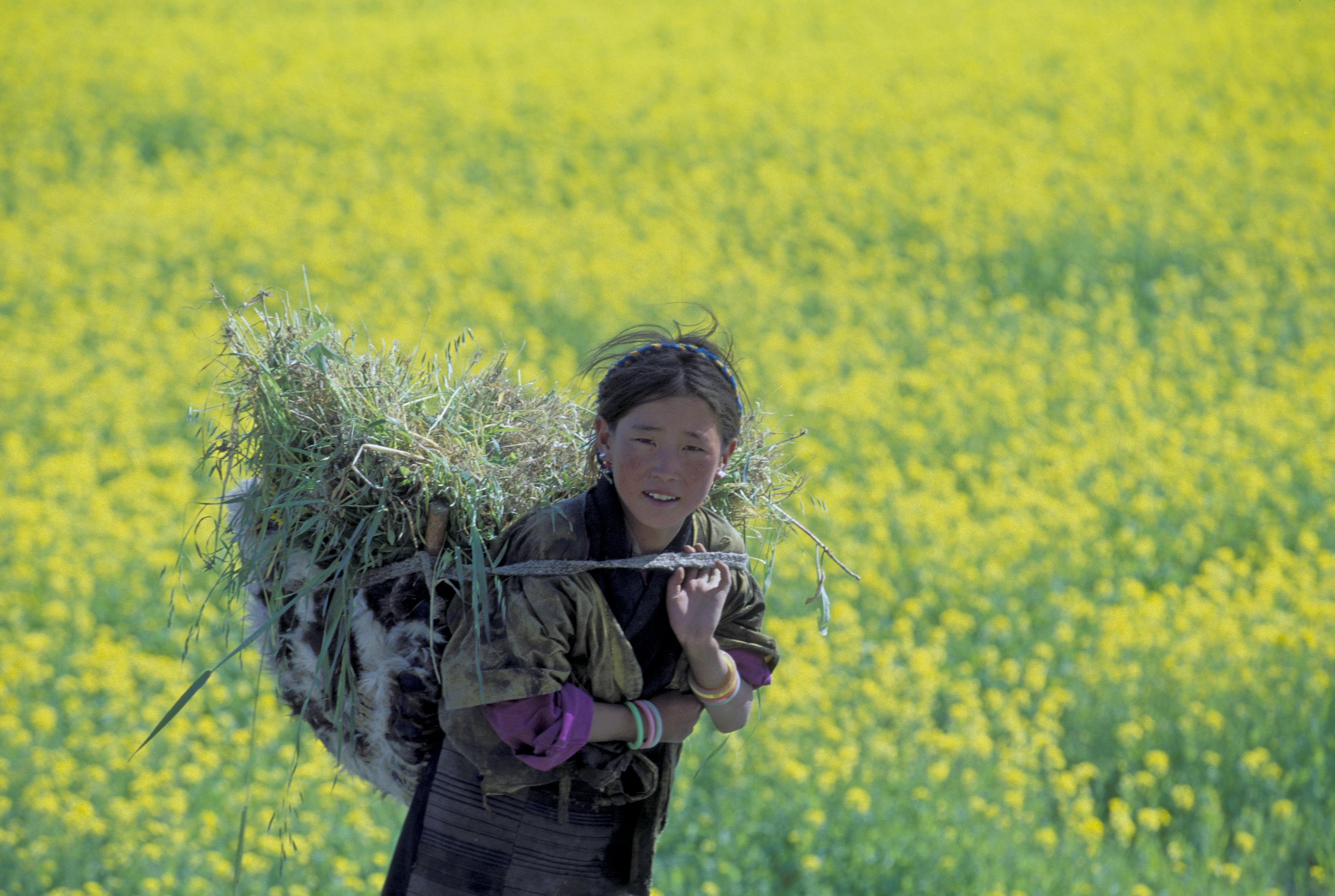
Production Hub
The Production hub includes all those involved in on-farm production of crop, livestock & fisheries products. Producers grapple with a lack of decision support tools, little access to financial services, poor market access, low mechanization, and a lack of input traceability. Digital technologies’ functions in the Production hub include:
Precision agriculture technologies can help farmers increase the quantity and quality of agricultural output while reducing input usage, thereby enhancing environmental sustainability. Smart farm management systems and automated farming systems save labor and increase time efficiency.
Use Case: Poladrone is a Malaysian company that supplies drones and software with the capability to map fields thereby allowing farmers to calculate yield and detect disease or pest-affected trees or crops. Farmers can use these field maps to increase the precision of their farming. Using field coordinates the drones are also capable of treating individual sick plants with a pesticide sprayer attached to the drone.
Digital technologies can allow farmers to easily detect, recognize, treat, and prevent pests and diseases by facilitating better pests and disease monitoring and knowledge sharing. Effective pest control digital tools help increase yields and quality of agricultural products, minimizing the time and cost of diagnostics.
Use Case: Saillog is a company that offers an artificial intelligence-based solution that enables farmers to identify and treat plant diseases and pests. Saillog encompasses Agrio, a free interactive smartphone app. Agrio users upload images of their diseased crops, which are then analyzed through the artificial intelligence algorithm for automatic disease identification. Users may receive solution answers within seconds, while other users can choose to share their images with a team of experts who provide advi
Digital technologies can improve the efficiency and effectiveness of extension services. E-extension services can help raise farm profits and provide a cost-effective way to reach a greater number of farmers.
Use Case: Digital Green is an organization working in South Asia and Africa that uses video as a cost-effective, scalable means of bringing community members, researchers, and development practitioners together to produce and share locally relevant information on innovative agricultural practices. These extension videos can be accessed both online and offline and are available in various local languages.
Farmer-to-farmer information-sharing vehicles allow farmers to communicate agricultural information and engage with content validated by peers. Digital technologies can also make it easier for smallholder farmers to cooperate in increasing their collective market power.
Use Case: LISA created by 8Villages is an offline social network platform in Indonesia that organizes subscribing farmers into corresponding community groups based on their crops and location. Within their respective groups, users get daily SMS tips from 8villages and trending local user-generated content. Users will also be able to ask their own questions and get them answered either by other farmers or by agricultural experts from 8Villages’ partners. Farmers can also use the LISA platform as a means to cooperate in the aggregation of their products.
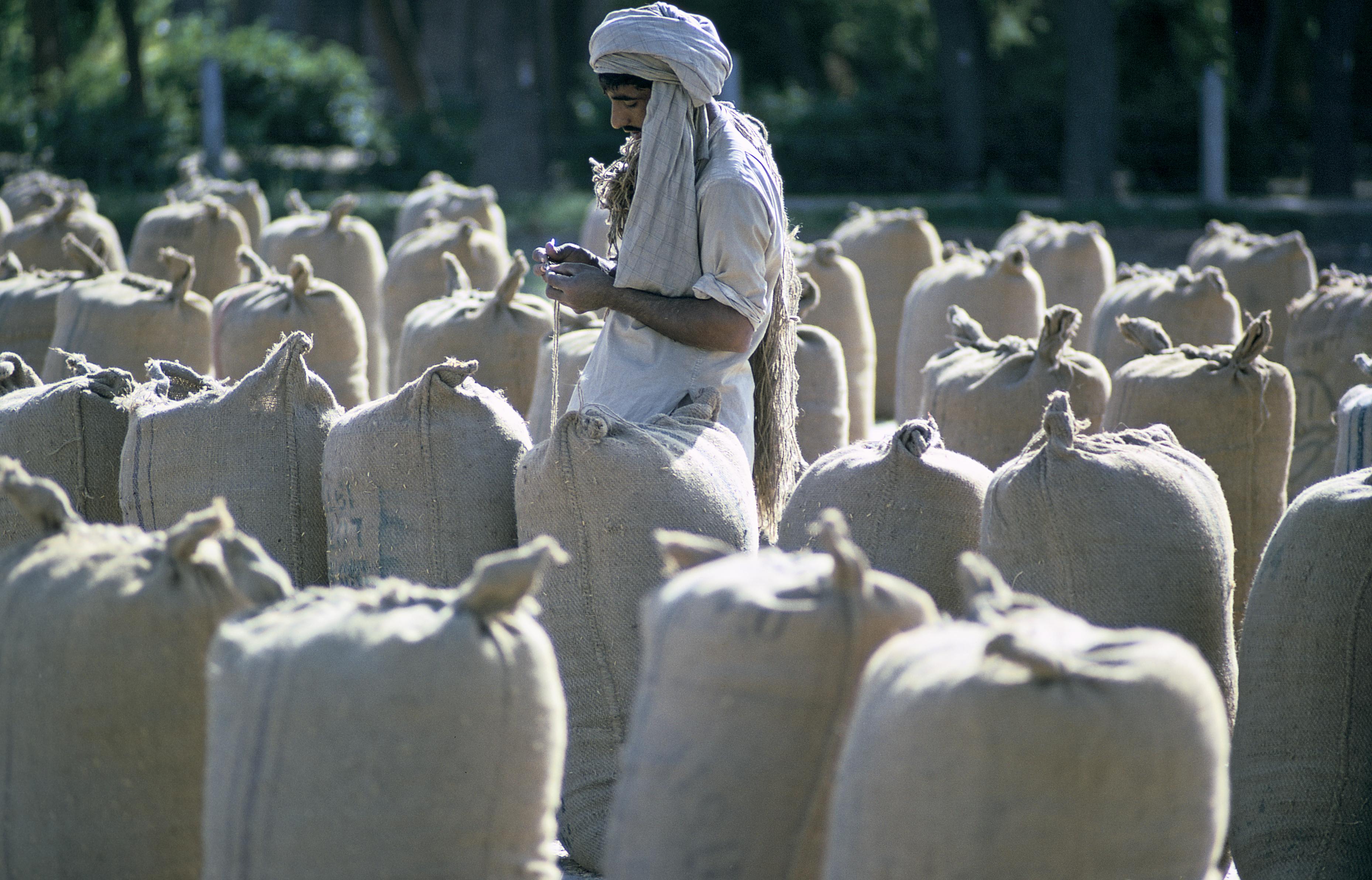
Post-Harvest Hub
The Post-Harvest hub consists of all actors in the value chain between farmers and the consumer, including traders, transporters, and processors among others. Barriers to this hub include poor market access, low mechanization, and poor monitoring and traceability. Digital technologies’ functions in the Post-Harvest hub include:
Digital technology can facilitate information sharing among farmers, allowing for greater transparency on market locations and prices, which is crucial during the seasonal harvests. These tools facilitate the links between rural farmers and their potential customers, reducing time and revenue loss due to a
Use Case: DATAGRO in Brazil carries out customized market assessments, based on Terms of Reference agreed with the Client. These studies include production and consumption projections, qualified price estimates, studies of regulatory impacts and risks, and logistics opportunities and risks.
Digital tools can promote market connections between different smallholder value chain actors such as farmers; cooperatives; agri-input producers and distributors; farm service providers; produce processors, buyers, and traders; as well as, in some cases, domestic wholesalers and international exporters. Digital technology can improve trust, reduce costs, accelerate time to market, improve transparency – all of which can contribute to the reach, profit, and social impact of traditional value chain linkages.
Use Case: Twiga Foods is a leading digital market integration solution that has been bridging gaps in food and market security in Africa since 2014. It sources quality fresh and processed foods from thousands of farmers and producers and delivers them to thousands of vendors at a fair price, thus contributing to the
Digital technologies can improve access to transportation and post-harvest storage addressing the issues of inefficiency and inadequate information on the availability of facilities and equipment which often results in food waste and revenue loss.
Use Case: Farm to Market Alliance in East Africa educates farmers on proven ways to eliminate post-harvest losses through effective post-harvest handling and storage practices. Participating farmers can also purchase affordable post-harvest storage equipment. Because the organization has grown exponentially they have developed a mobile app to connect farmers to post-harvest storage equipment providers. This allows farmers to have greater control over preserving the quality and quantity of their crops.
Digital technologies can increase the efficiency of post-harvest transportation thus reducing the time and cost of transporting agricultural goods, minimizing the waste.
Use Case: Agromovil is a mobile, cloud-based platform connecting producers, transporters, and markets to unlock the tremendous trapped value in the current inefficient farm – to – market system. Via the mobile application farmers match with buyers when crops are ready for pickup and transporters batch pickups so each trip is more efficient and profitable. The application is available in various Latin American and African countries.
Digital applications can improve the efficiency of agricultural commodity processing and storage systems.
Use Case: Choupal Saagars are internet kiosks developed by the company ITC that allow Indian farmers to retrieve market information. These hubs also comprise collection and storage facilities and a unique rural hypermarket that offers multiple services under one roof. This landmark infrastructure, which has set new benchmarks for rural consumers also incorporates farmer facilitation cent
Digital technology offers logistics platforms for surveillance and improved operations, streamlining disaggregated and complex value chains adding efficiency and precision to the process. These digital tools aim to address physical infrastructure gaps, theft and corruption during the last-mile of agricultural products,
Use Case:
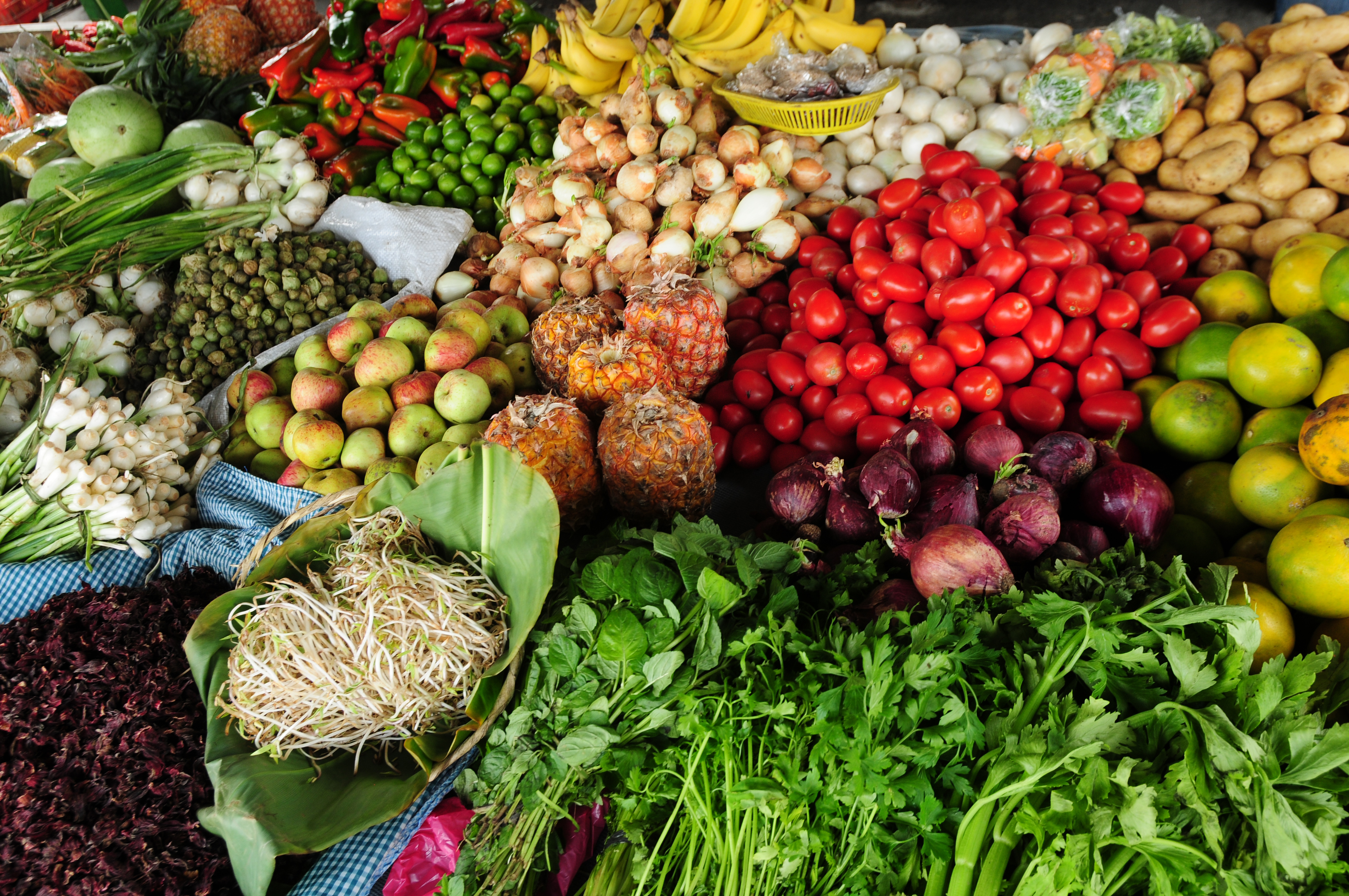
Consumer Hub
The Consumer hub consists of consumers of both raw and processed agricultural goods—in effect, the entire population. Primary barriers faced by this hub include poor market access, insufficient monitoring,
Digital technologies can ensure that raw or processed agricultural commodities are safe for consumption through traceability systems and the detection of spoiled products. These tools help ensure the proper handling and processing of food products, improving quality and reducing food waste.
Use Case: BactuSense Technologies in Israel has developed a patented digital technology for rapid bacterial detection and quantification in food and water samples. The company’s system, the Bac-Tracker, produces the bacterial detection results in three to five hours. The system is small, easy to use, and can be installed beside any food production line.
Digital technologies on traceability and certification can help agribusinesses to document and ensure farm compliance with quality, environmental, and social commitment standards, tracing produce from origin to consumer with lower costs and full visibility into the agricultural last mile for both, consumers and producers. These digital tools link data about specific farms and the way their products flow through value chains.
Use Case: In Liberia, a public-private partnership called LiberFor was developed to implement a tracking system for the forest product supply chain. The chain extends from the stump to the point of export to prevent illegal timber from entering the supply chain and being exported. The system is currently managed by a private international company, but management will be gradually transferred to the Liberian Forest Development Authority.
Digital technology can help address the problem of fragmented and inefficient agricultural markets by identifying and matching buyers and sellers of agricultural
Use Case: TruTrade, operating in Africa, has an online and mobile-enabled trading and payment platform for the
See something we missed or want to share more examples of technologies and functions? Add them to the comments below!
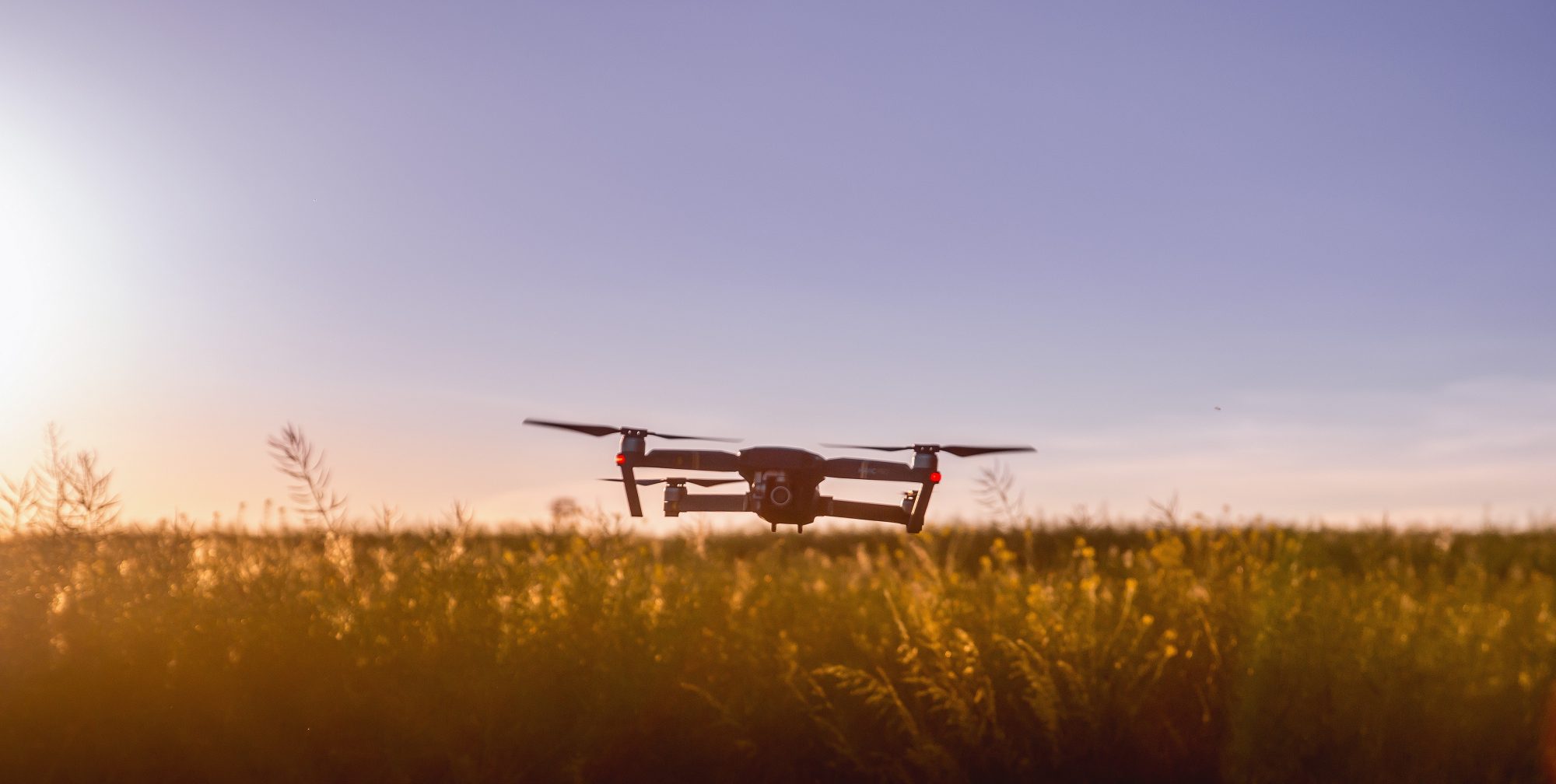
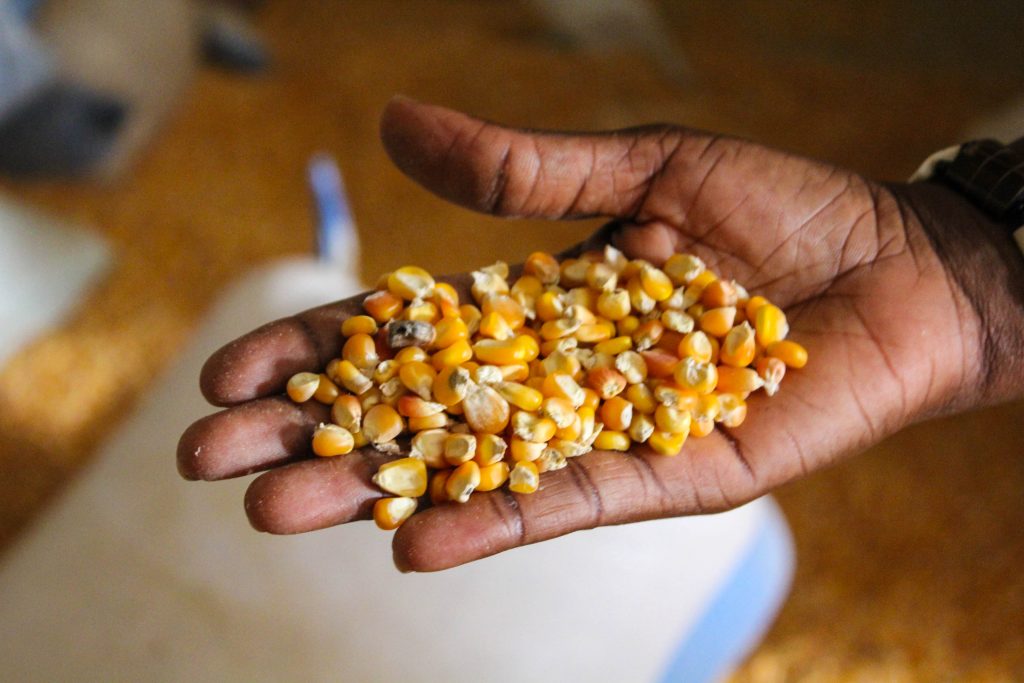



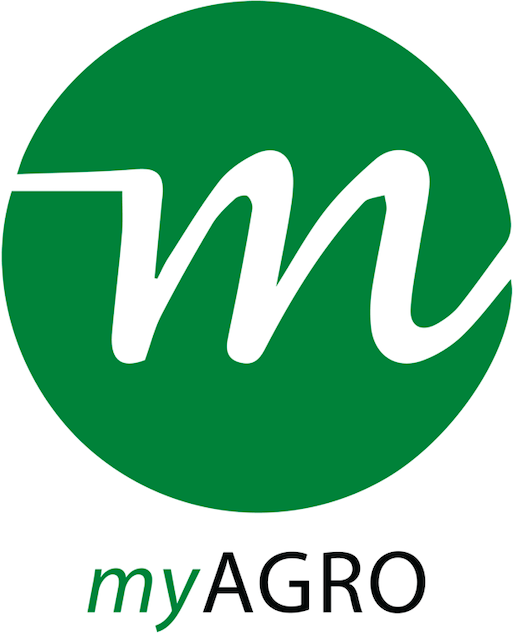
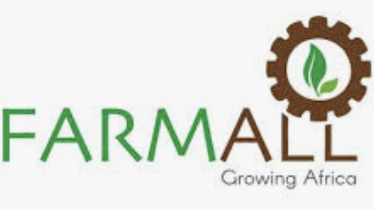
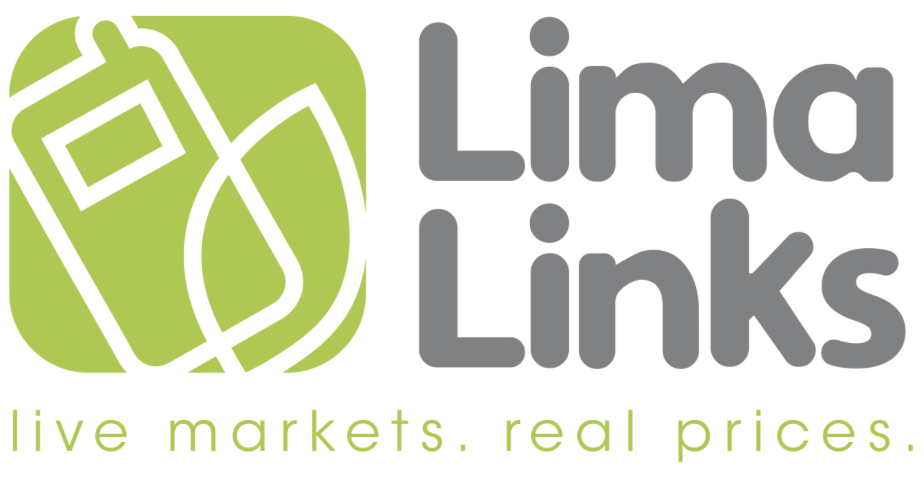
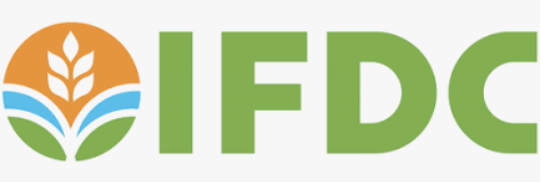
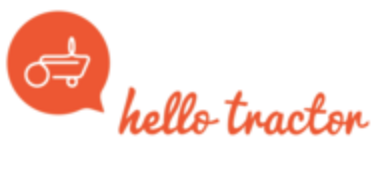

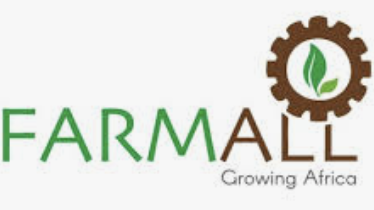




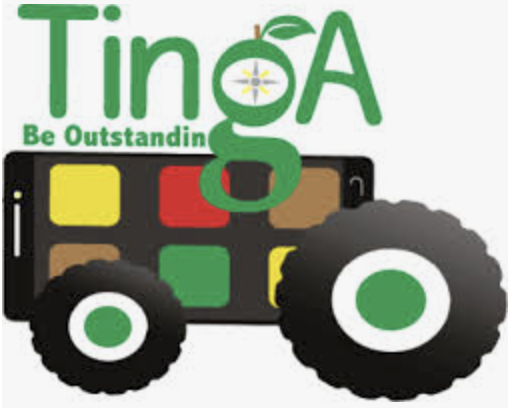

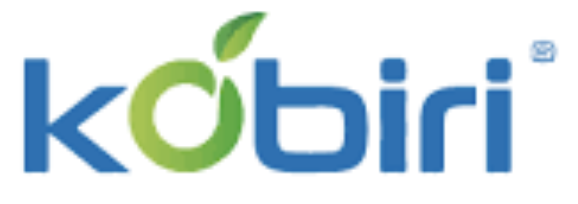


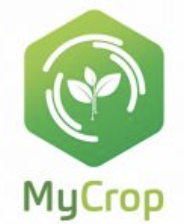



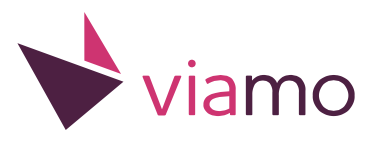




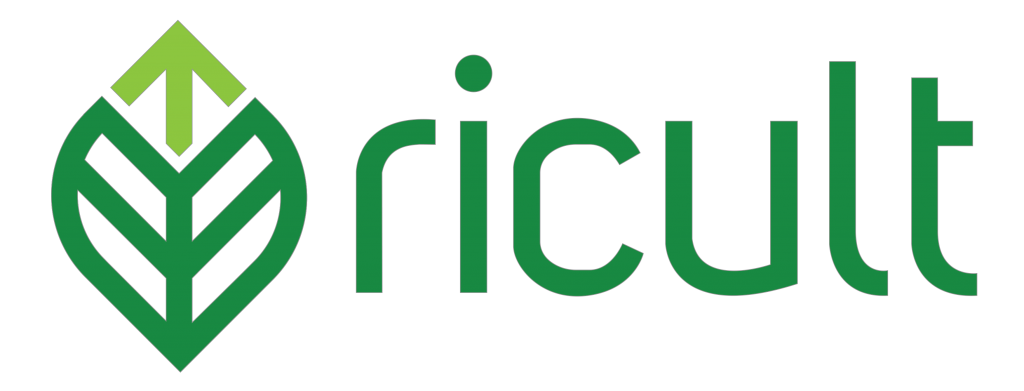




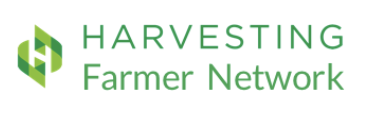

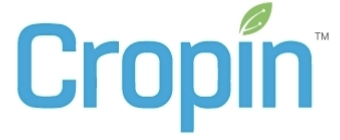

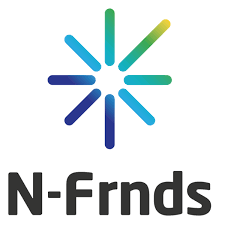




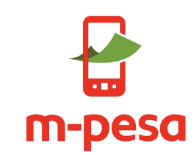



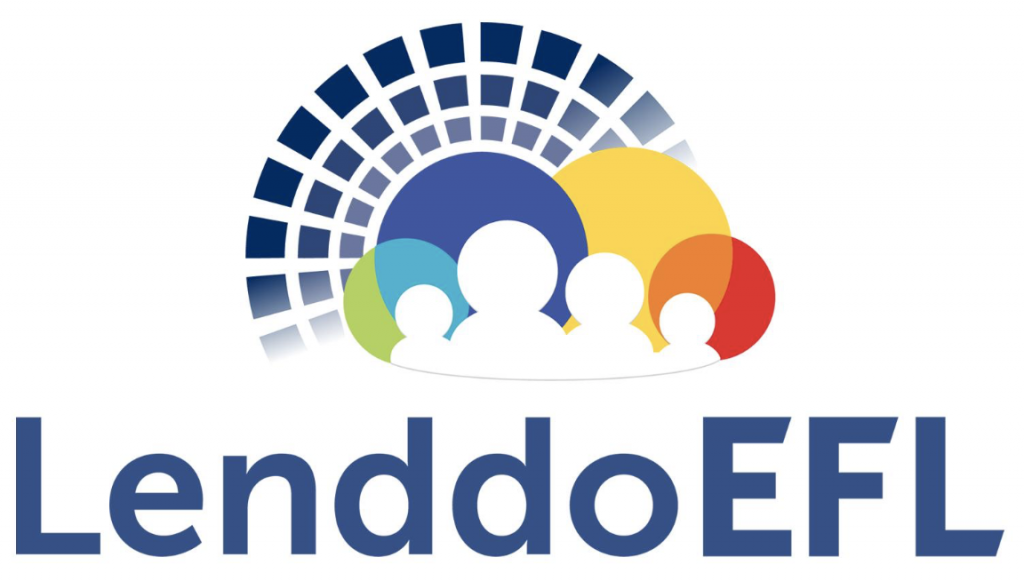







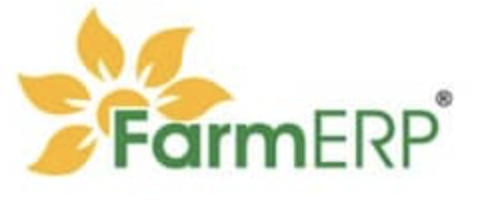
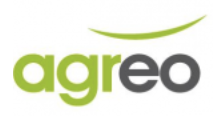


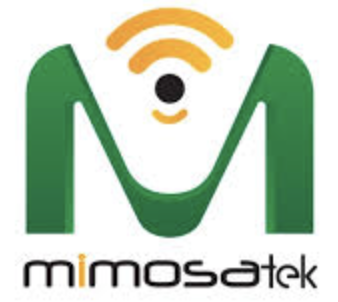

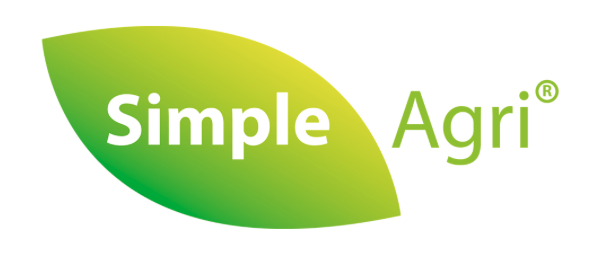

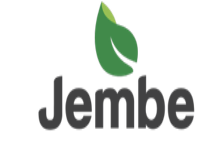
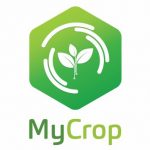
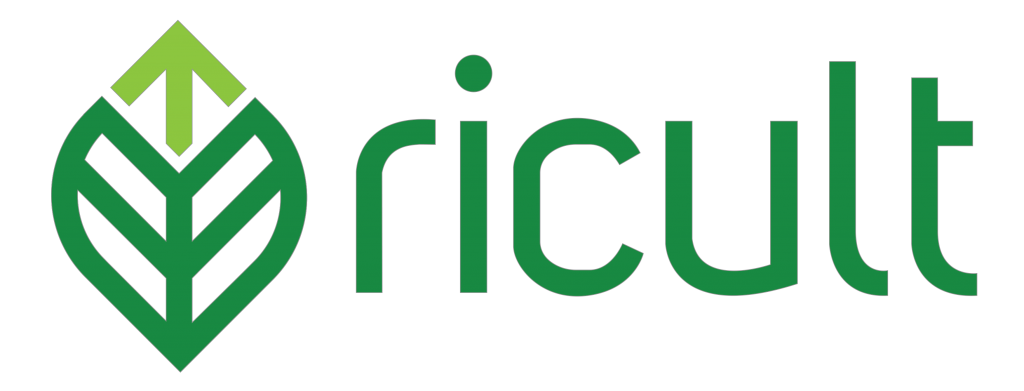
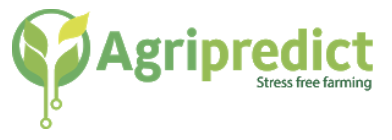



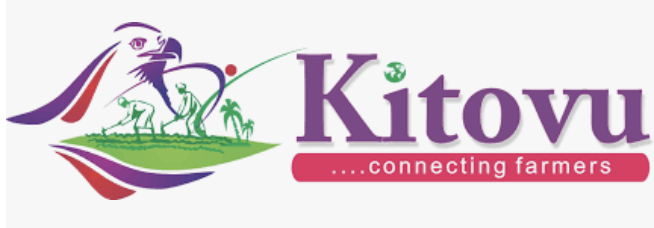


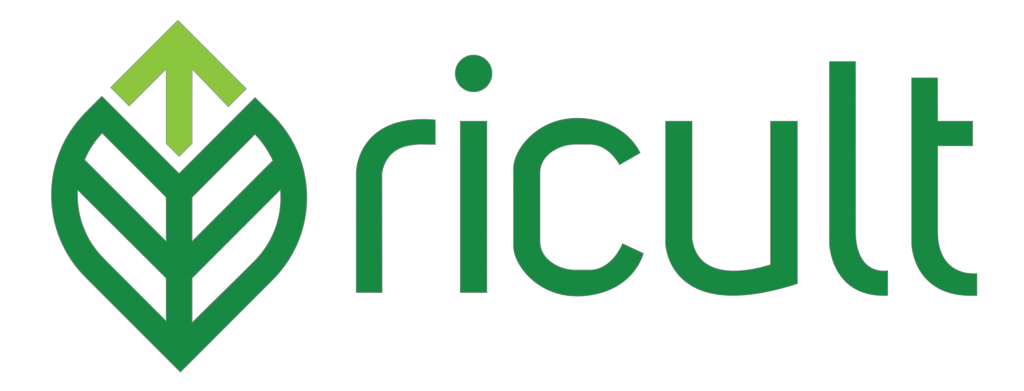


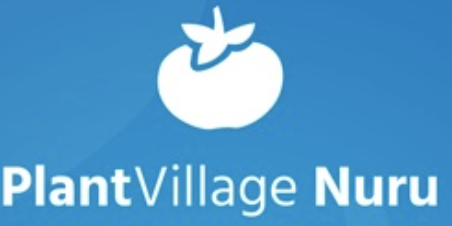
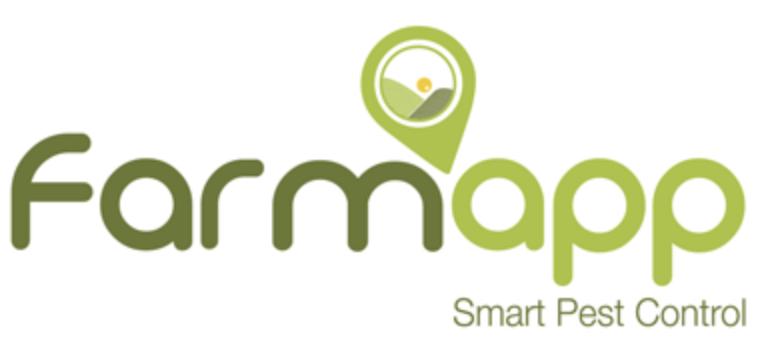
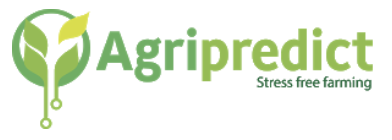


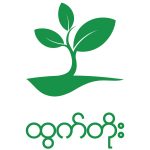


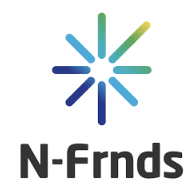

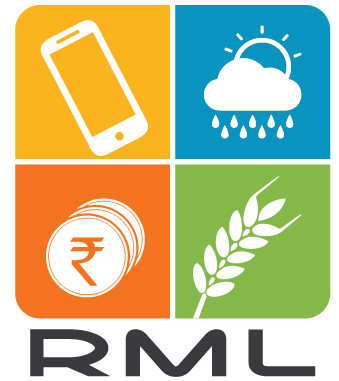



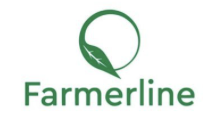
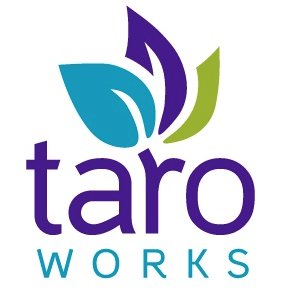
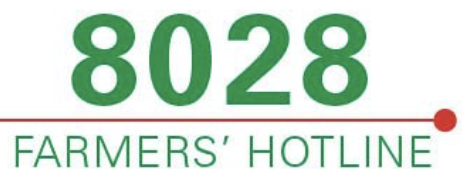
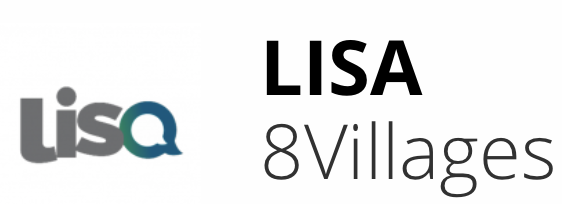
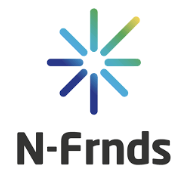

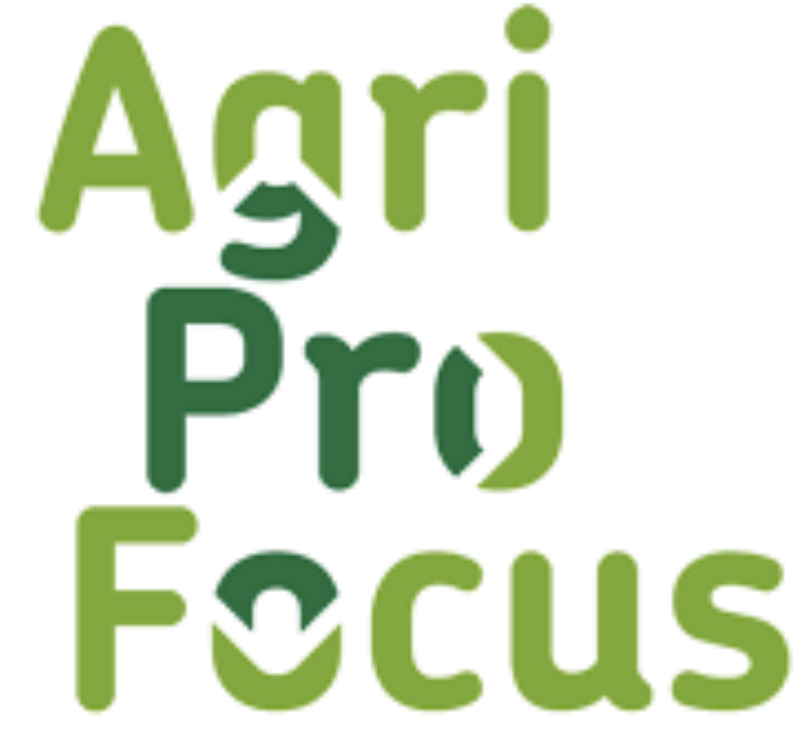

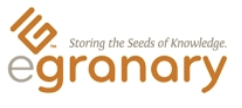
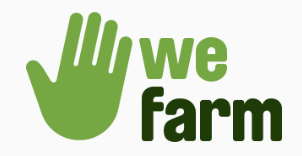

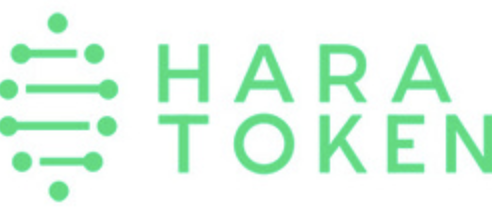
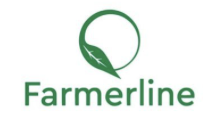




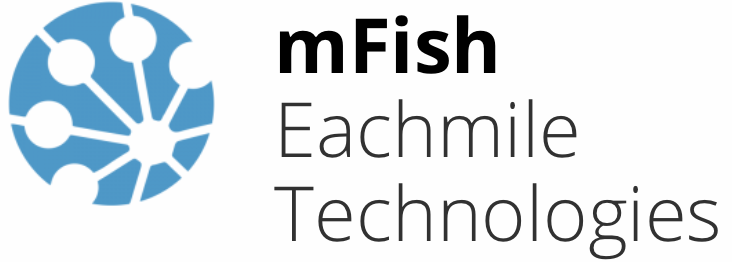


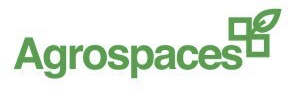


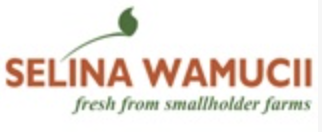
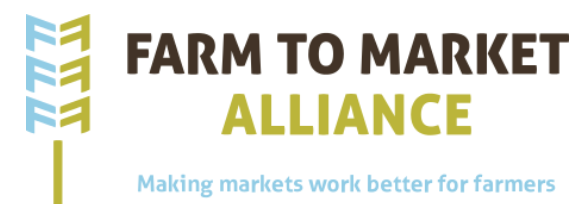

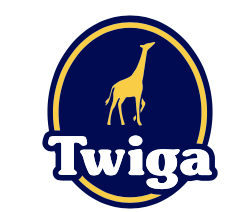
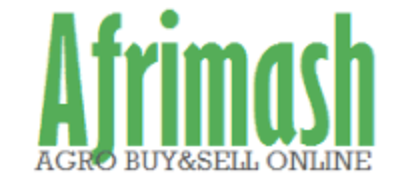
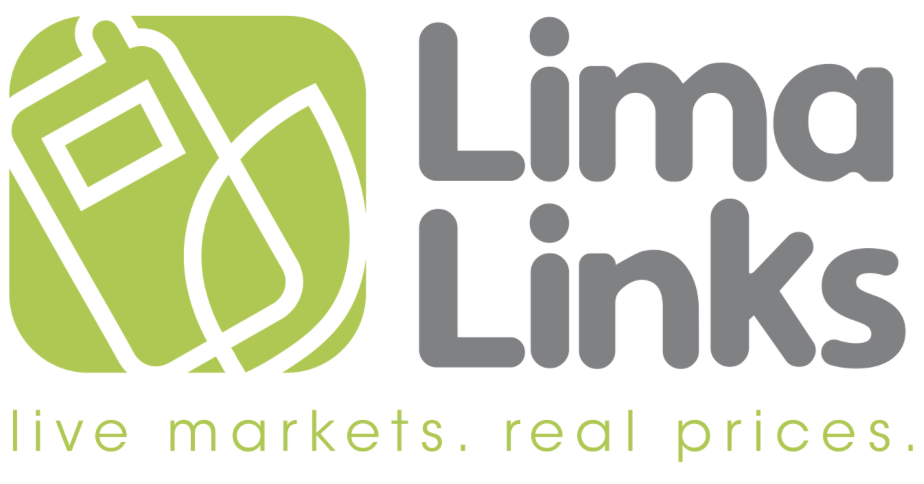

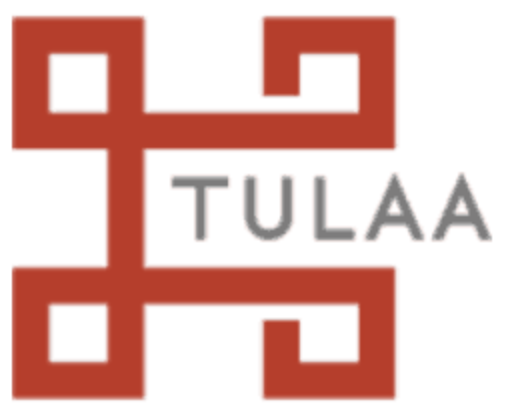
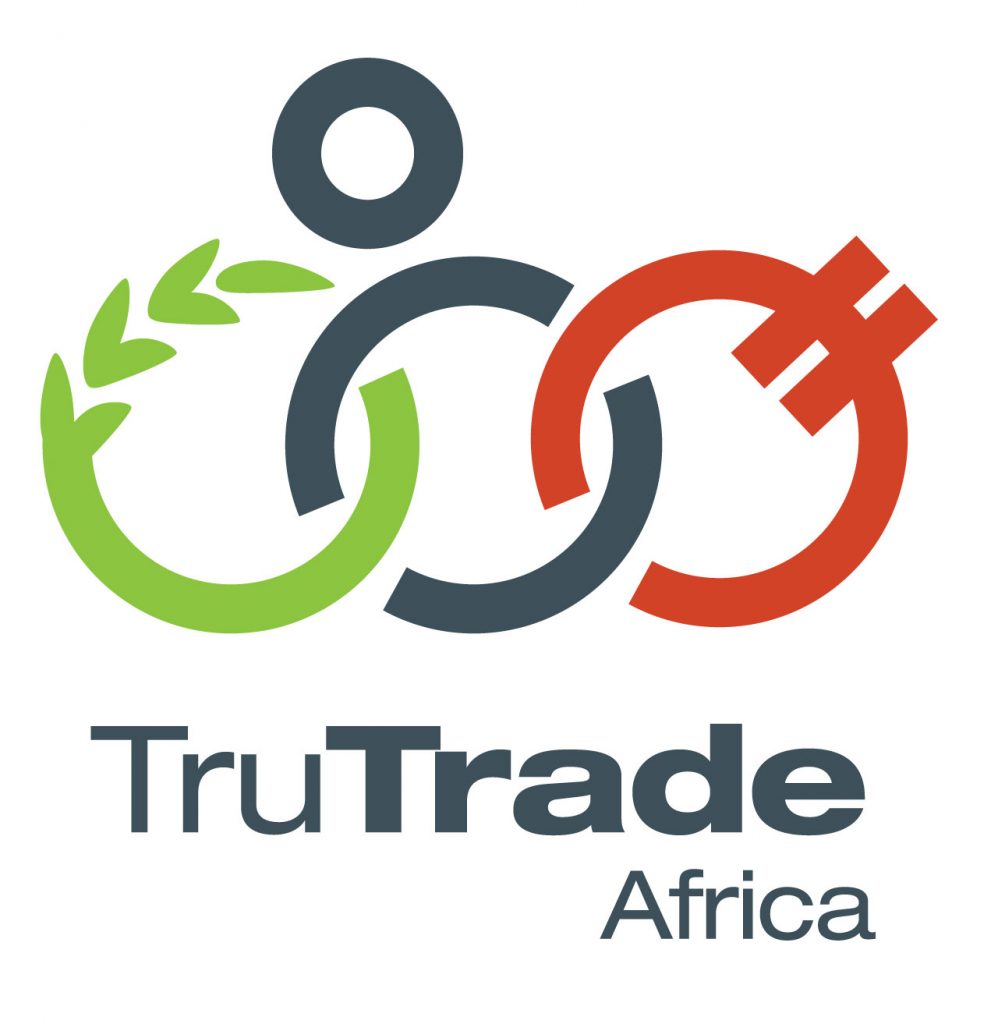



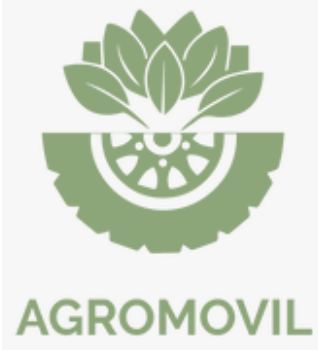

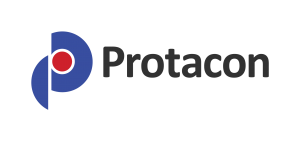

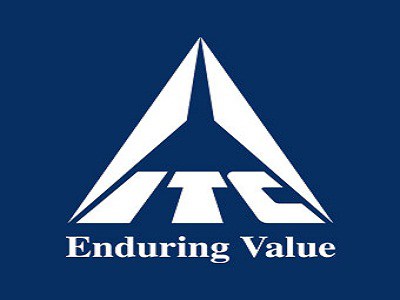






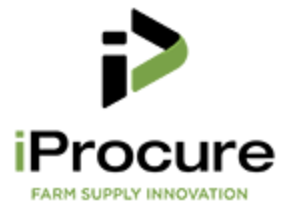



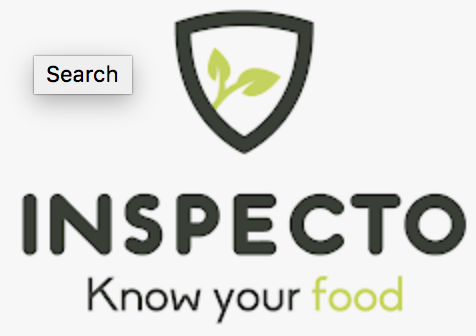






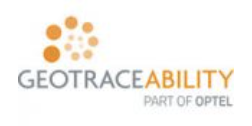



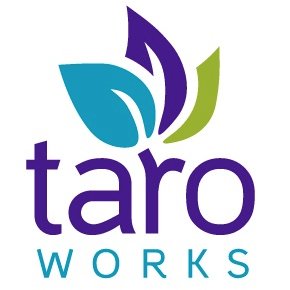

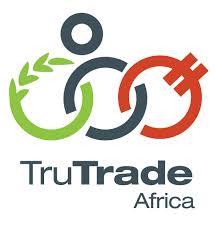
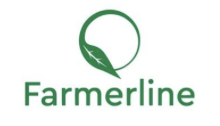
It’s very helpful thanks author for a good article may God bless you abundantly
Really, it’s a crucial task for agricultural transformation. Thank you all!